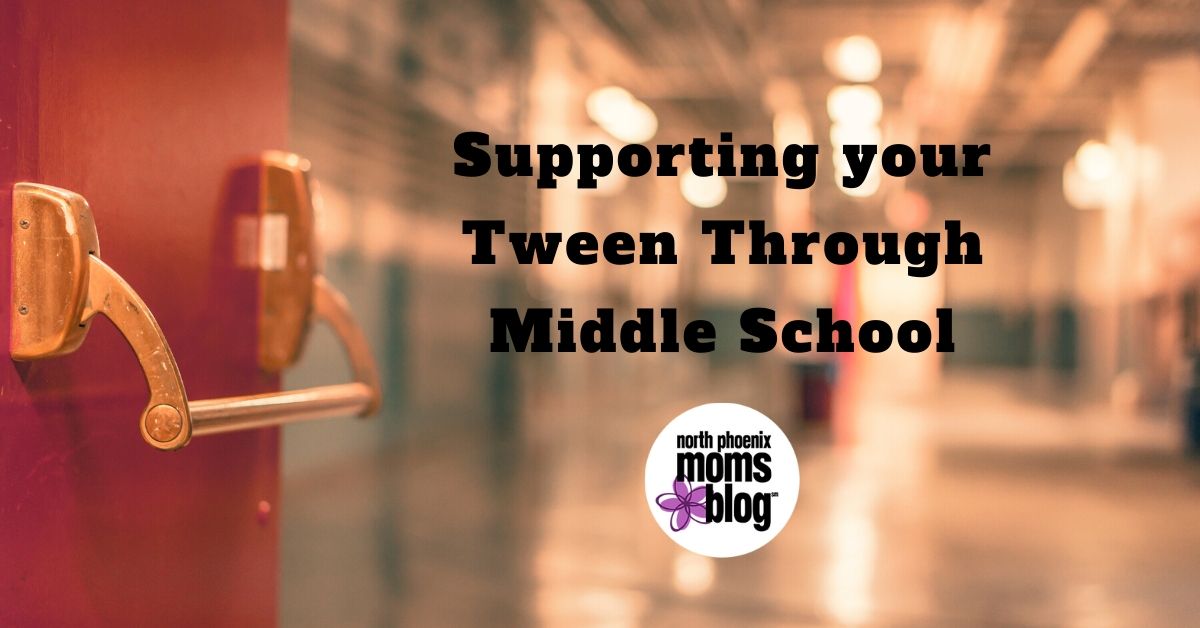“Middle School Can Be A Wild Ride”
A couple of years ago, one of my son’s elementary school teachers summarized perfectly the tween years. My son was approaching 6th grade and I asked for her thoughts. She said, “Be prepared. Middle school can be a wild ride.”
Working with teens, I understood what she meant. Very few people reflect back on their school years and say that they wish they could return to middle school. Drastic changes in hormones, personal interests, and social power create a perfect storm on campus.
 Why is Junior High so tumultuous and what can you do?
Why is Junior High so tumultuous and what can you do?
A Shift in Power
Before 6th-grade, popularity is based on likability. Studies show that the “popular” kids tend to be the children who are nice and inclusive to everyone in the classroom. But between the ages of 12 and 15, popularity tends to be based on relational aggression. During this transition, changes in friend groups and social isolation can result from this nasty “political maneuvering” and “social climbing” by children aiming to get to the top of the social pyramid.
Being empathetic and reminding your child that popularity and likability are not “one and the same” can be helpful. It also may be a relief for your child to know that it’s less important to “fit into the box” (or the box gets bigger) in high school. Try stressing this to your kids. Another strategy is to help your child identify role models in the media and society who have publicly shared their own stories of adolescent struggles. This helps to reduce feelings of isolation.
Changes in Interests
Children gain social maturity at varying rates through middle school. Some students are flirting with the opposite sex during recess while others are still fixated on football and four-square. Your daughter or son may be wondering why their best friend is suddenly focusing their attention elsewhere. This can create feelings of isolation, alienation, and jealousy.
It’s important to help your child develop social connections beyond the classroom. Middle school “friends groups” shift, on average, every two weeks. Building multiple relationships across different environments can help alleviate the stress of one relationship going sour. Help your tween foster new connections with peers inside and outside of school through other interests and parallel social circles (church, clubs, volunteer activities, etc).
Walking & Talking Hormones
Let’s not forget the most obvious factor. Middle school is full of raging hormones. The body and brain develop more rapidly during this period of time than at any other time with the exception of ages birth to two. I’ve yet to meet anyone who wishes they looked the way they did when they were 12 years old. Certain parts of the body grow faster than others. It’s not uncommon to have literal growing pains. And to make it even more difficult, the body releases certain bonding hormones, like oxcytocin that contribute to your tween feeling the undying need (remember that feeling?) to connect with their peers above all else.
It’s also worth noting the brain doesn’t finish developing until around the age of 24. The last part of the brain to mature is the part responsible for emotion regulation and rational decision-making, among other things (executive functioning). Unfortunately, tweens and teens have all the feelings adults have, just less emotional control and experience to cope with it.











